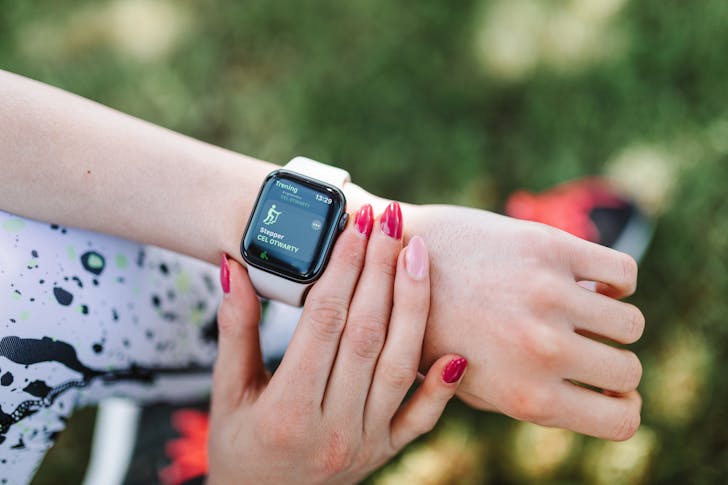Heart efficiency is the new metric you didn’t know you needed. While everyone is glued to their step count, researchers say we are missing the bigger picture. It is not just how much you move. It is how hard your heart works while doing it.
That is where the Daily Heart Rate Per Step (DHRPS) comes in. It is a simple way to understand your heart’s workload using data your smartwatch already collects. If your heart beats less while you are active, that is a good thing. It means your heart is efficient. And now, you can track that with real numbers.
What Is DHRPS?
Think of heart efficiency as your engine performance. DHRPS (yep, sounds like “derps”) shows how hard your heart is working to keep up with your daily pace. It takes your average heart rate and divides it by your daily step count. The result is a small number. But don’t let that fool you. It packs serious insight.

Karolina / Pexels / If your number is high, your heart is working harder for each step. If it is low, your heart is handling things with ease.
A score above 0.0147? That could be a red flag. Lower than that? You are probably in better shape than you thought.
Why You Should Try DHRPS?
Step counts can lie. You can shake your wrist and rack up steps. You can take a few thousand more one day and slack off the next. That is fine for movement goals. But it tells you nothing about how your heart handles it all.
Heart efficiency keeps it honest. You can’t cheat your heart rate. When you look at DHRPS, you’re seeing a real, steady pattern. That is what makes it powerful. It is less about how much you move and more about how well your body handles that movement.
How to Calculate Your DHRPS?
The best part? You don’t need anything new. Check your average daily heart rate. Then check your average daily steps. Divide heart rate by step count. Boom! Your DHRPS.
Example: Heart rate = 80. Steps = 10,000. DHRPS = 0.008. That is a solid number. Not perfect, but you are in a good range. Now imagine you lower your heart rate to 75 and keep the same steps. DHRPS drops. Your heart efficiency goes up. That is progress.
Ways to Boost Your Heart Efficiency
So, how do you get that number down? You don’t need to run marathons or track every bite. It is about daily habits that make your heart stronger and your body more relaxed.
A brisk walk, a short bike ride, even climbing stairs instead of taking the elevator. That is how you increase steps without forcing your heart to overwork.

Noelle / Pexels / To improve your heart efficiency, move regularly. Not all at once. Just stay active during the day.
Next, chill out. Stress spikes your heart rate. Add in deep breathing, meditation, or just stepping away from your phone. These small moments train your heart to stay calm. That means a lower resting heart rate and a better DHRPS.
Finally, eat like your heart matters. No crash diets or weird fads. Just more fruits, veggies, and whole grains. Less sugar and salt. Healthy food fuels your body, and your heart doesn’t have to fight through junk.
So yeah, keep moving. Keep tracking. But stop obsessing over 10,000 steps. Start asking how hard your heart is working to get there. Because when your heart is efficient, everything else gets easier.
